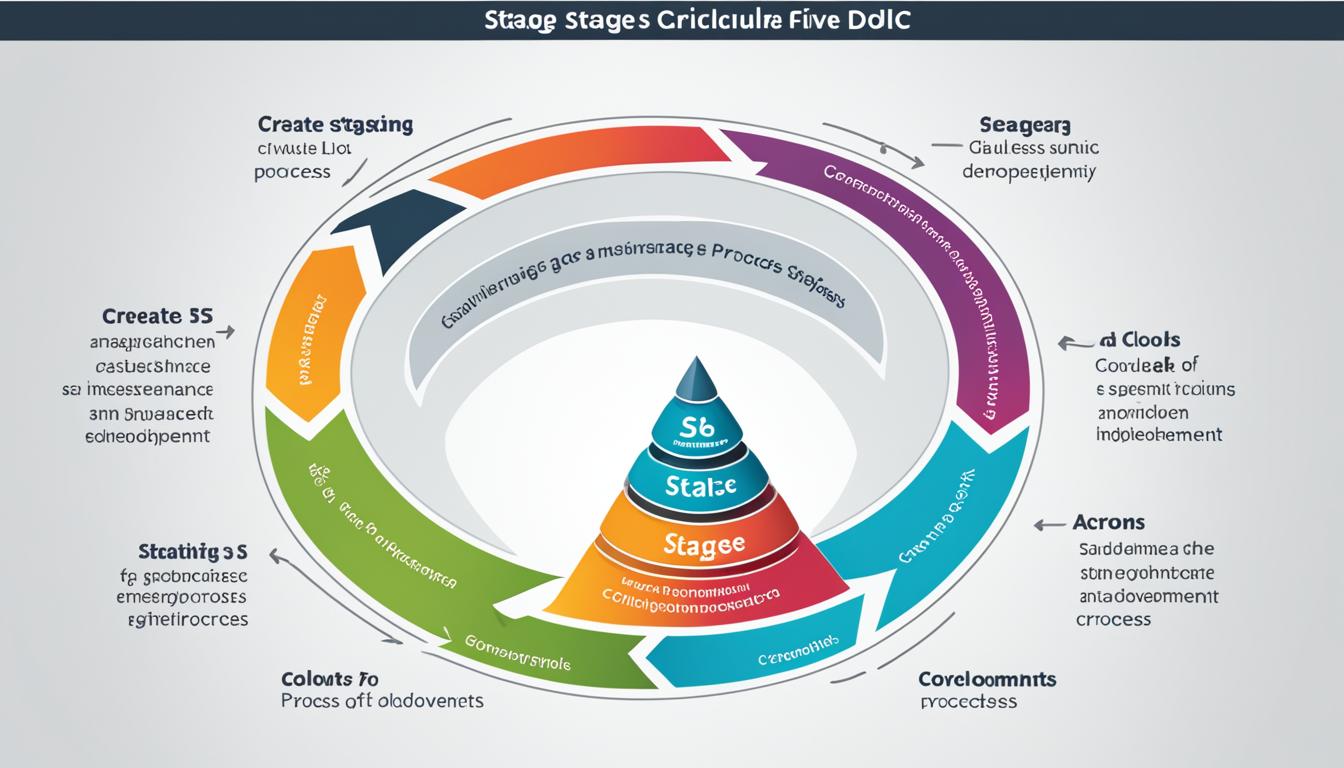To set up an internal QA guild, start by defining clear objectives focused on testing coverage and bug reduction. Assemble a diverse, skilled team passionate about quality, and develop adaptable testing frameworks with standardized processes. Foster collaboration through open communication and automation within CI/CD pipelines. Encourage continuous learning and improvement by offering ongoing training. By implementing these steps, you’ll create a cohesive group dedicated to elevating your software quality—learn more about each step ahead.
Key Takeaways
- Define core quality objectives aligning with overall software improvement strategies.
- Assemble a diverse, skilled team passionate about testing and quality assurance.
- Establish standardized testing frameworks, processes, and documentation for consistency.
- Promote collaboration through open communication and integrate automation into CI/CD pipelines.
- Foster continuous learning, celebrate successes, and iteratively improve testing practices.

Establishing an internal QA guild is a strategic move that can substantially improve your organization’s software quality. This dedicated group becomes the backbone of your testing efforts, fostering consistent quality standards and streamlined processes. To set this up effectively, start by defining the core objectives of your QA guild—whether it’s improving testing coverage, reducing bugs, or enhancing collaboration across teams. Clear goals will guide your decisions and motivate team members to stay aligned.
Creating an internal QA guild enhances software quality through standardized processes and collaborative efforts.
Next, assemble a team of skilled testers, quality engineers, and even developers who are passionate about quality. Diversity in skills and experience ensures comprehensive testing strategies and innovative problem-solving. Once your team is in place, focus on establishing robust testing frameworks. These frameworks serve as the foundation for your testing activities, standardizing how tests are designed, executed, and reported. Selecting adaptable testing frameworks that suit your technology stack will make your efforts more efficient and scalable over time.
Team collaboration is vital to the success of your QA guild. Create a culture where open communication is encouraged, and feedback flows freely between QA, development, and product teams. Regular meetings, shared documentation, and collaborative tools help guarantee everyone stays on the same page. When team members work together closely, they can quickly identify issues, share insights, and adapt testing practices based on project needs.
Implementing continuous integration (CI) and continuous delivery (CD) pipelines can notably enhance your testing process. Automated testing integrated into these pipelines allows for rapid feedback and early detection of bugs. The QA guild should oversee and refine these automation strategies, ensuring that tests remain reliable and relevant as your projects evolve. This continuous feedback loop minimizes delays and increases confidence in releases.
Finally, foster a culture of learning and improvement within your QA guild. Encourage ongoing training on new testing frameworks, tools, and methodologies. Staying current with industry trends and test automation tools can significantly boost your testing efficiency. Celebrate successes and analyze failures to identify areas for enhancement. Over time, this proactive approach to quality will embed itself into your organization’s workflow, making testing a seamless part of your development lifecycle.
Frequently Asked Questions
How Do I Measure the Success of My QA Guild?
To measure your QA guild’s success, focus on performance metrics like defect detection rate, turnaround time, and test coverage. Regularly gather feedback mechanisms from team members and stakeholders to identify areas for enhancement. Track progress over time, and compare metrics against your goals. This approach helps you evaluate effectiveness, guarantee continuous improvement, and demonstrate the guild’s impact on overall quality and project success.
What Tools Are Recommended for Internal QA Collaboration?
When choosing tools for internal QA collaboration, focus on platforms that facilitate easy communication and automate testing processes. Communication platforms like Slack or Microsoft Teams keep your team connected, share updates, and discuss issues efficiently. Integrate automated testing tools like Selenium or Jenkins to streamline quality checks and reduce manual effort. Combining these tools helps your team stay aligned, improve testing speed, and maintain high-quality standards effortlessly.
How Often Should the QA Guild Meet?
Meeting momentum matters. You should aim for a consistent cadence, like weekly or bi-weekly, to keep collaboration clear and communication constant. Regular meeting frequency guarantees your QA guild stays synchronized, swiftly solves issues, and shares insights seamlessly. Scheduling consistency builds trust and accountability, making sure everyone stays engaged and informed. By sticking to a steady schedule, you create a culture of continuous quality and collective commitment.
How Do I Handle Team Resistance to QA Initiatives?
When facing team resistance to QA initiatives, focus on change management and team engagement. Communicate clearly about the benefits, listen to concerns, and involve team members in decision-making. Show how QA improves workflow and quality, making their jobs easier instead of harder. By fostering transparency and collaboration, you build trust. Over time, this approach helps ease resistance, encourages buy-in, and turns skeptics into active supporters of your QA efforts.
What Are Common Challenges in Establishing a QA Guild?
When establishing a QA guild, you’ll face common challenges like ensuring team engagement and managing resource allocation. It’s essential to motivate team members by clarifying the guild’s value, so they stay committed. Balancing resources can be tricky, especially when teams juggle multiple priorities. You need to allocate time and tools wisely, fostering collaboration without overburdening members. Addressing these challenges head-on helps build a successful, sustainable QA guild.
Conclusion
Now that you’ve laid the foundation for your internal QA guild, the real challenge begins. Will your team embrace the new standards and foster continuous improvement? The success of your guild depends on more than just setup — it hinges on your ongoing commitment and adaptability. Stay alert, because the next phase promises surprises that could transform your quality assurance approach forever. Are you ready to see where this journey takes you?









